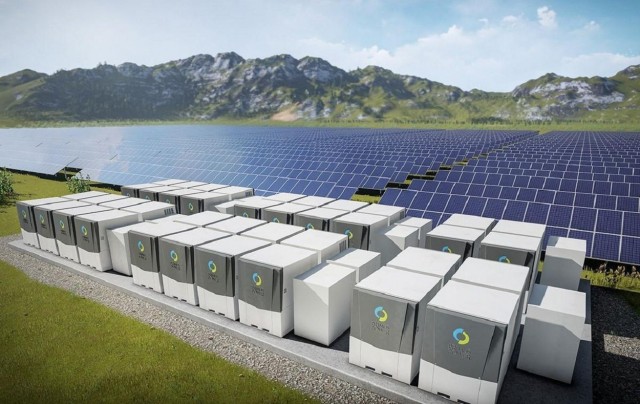In brief
- Our study explores how the energy transition is unfolding in the western United States and the role of storage to help provide grid flexibility.
- Collaborating with the University of California, Berkeley’s Renewable & Appropriate Energy Laboratory (RAEL), we assessed four scenarios to net zero.
- We found that scenarios relying on significant renewables were most cost effective, and that energy storage has a critical role to play.
- We identified three imperatives that can help break down barriers and further the adoption of energy storage, plus recommendations for stakeholders.
The path to net zero
The transition to a low-carbon sustainable future is underway. In the United States, specifically in the Western region, more states and utilities are setting ambitious clean energy and electricity targets. The shape the transition will take has yet to be determined. Energy storage has been tapped as one critical enabler, given its ability to level the variability of electricity production, which in turn can increase grid reliability and stability.
In collaboration with the University of California, Berkeley’s Renewable & Appropriate Energy Laboratory’s (RAEL), we conducted a study to understand how the transition is unfolding in the Western U.S. region and, more specifically, the role of energy storage in providing flexibility to the grid. We used RAEL’s utility-sector operation and capacity expansion modeling capability (SWITCH), alongside our own research and energy storage experience, and assessed four scenarios to net zero in the Western Electricity Coordinating Council (WECC) region.
